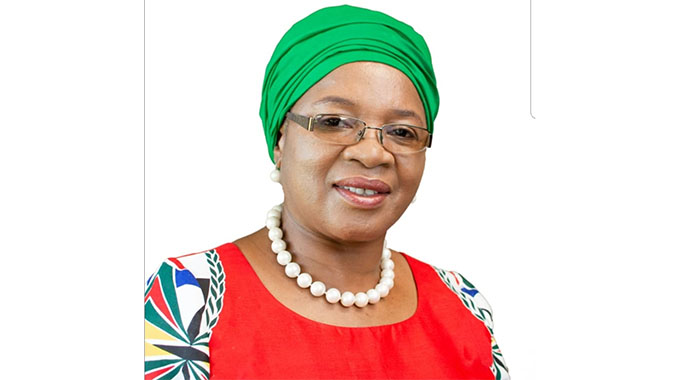Food insecurity index drops by more than half, thanks to smart agriculture

Fungai Lupande
Mash Central Bureau
The Pfumvudza/Intwasa programme and a buffet of agriculture initiatives by the Second Republic including the Presidential poultry, goat scheme and nutritional gardens saw the national food household insecurity indexes dropping by more than half, from 57 percent to 27 percent.
The food insecure population proportion is expected to drop further to 5 percent by 2025 in line with the National Development Strategy 1.
Speaking during the 2023 Rural Livelihoods Assessment (ZIMVAC) focus discussion with Chief Kandeya and his traditional leadership in Mt Darwin, Food and Nutrition Council acting director for programmes Mrs Yvonne Mavhunga said the projected target for 2021 was 30 percent but due to the Pfumvudza/Intwasa programme the proportion dropped to 27 percent giving a positive 3 percent variance.
“This was on account of above-normal rainfall which resulted in surplus cereal production. Climate proofing strategy including the Pfumvudza/Intwasa contributed to a greater extent in surpassing the projected target,” she said.
“However, in 2022 the proportion of food insecure population increased to 38 percent against a target of 25 percent. Although this was backslid, it was due to a bad 2021/2022 agricultural season.
“Households experienced shocks which included drought, intra-seasonal dry spells, localised floods, water logging, crop, and livestock diseases.
“Also, the longer-term impacts of the Covid-19 pandemic reduced the coping capacity of many vulnerable households.”
Mrs Mavhunga said the country was on the right track regarding maize, beef, and milk production.
Maize production increased by 62 percent in 2021 resulting in surplus and 3 percent in 2022.
“The increase in 2021 was mainly due to timely distribution of inputs, complemented by a normal above normal rainfall as contrasted to the 2022 season which had below normal rainfall,” she said.
“Meanwhile, milk production was 67 percent in 2022, credited to the Presidential silage program for enhanced milk production for dairy farmers.
“Nonetheless, milk production is still below the national requirement of 120 million litres per annum. Milk Production from the national herd is still falling short of the national demand because of resource constraints.”
She said the beef production increased for both the 2021 and 2022 farming seasons by 2 percent and 7 percent respectively, thanks to the Presidential tick grease blitz program.
“The positive development in the beef sector was attributed to the control of theileriosis (January disease), improved pastures for improved animal nutrition due to normal rainfall in 2021.”
Speaking at the focus group discussion, Chief Kandeya said the nutritional garden established in Chigango Village in Ward 23 came at an opportune time.
The Ward was reportedly affected by last season and dry spell resulting in poor yield.
Chief Kandeya said although his area of jurisdiction was affected by drought, Government interventions ensured that his subjects are food and nutrition secure.
He also said draught power was affected by the January disease which wiped out cattle herds in the six wards under his jurisdiction.
“We are encouraging the Pfumvudza/Intwasa concept but the late distribution of inputs also affected the outcome of this season. The most affected groups are child-headed families, the elderly, and people with disabilities,” he said.
Ms Tabeth Gaison appealed for the maintenance of the Kakeza Dam in Ward 22 which she said can help the community in implementing an irrigation scheme.
She said orchards can be established around the dam because the community doesn’t have access to fruits, especially apples.
Mr Edson Chirume from Ward 39 said they also had a dam in the resettlement area which can be renovated to improve the livelihoods of the community.
He appealed to Government to distribute inputs early this year to enable Pfumvudza farmers to plant on time.
“We need training on how to implement livelihood projects which includes fish, poultry, and piggery,” he said.
Data collection for this year’s Zimbabwe Vulnerability Assessment Committee started on May 6 and will be complete by May 15 in all the districts countrywide.
Provincial agronomist Mr Bernad Torevasei said the data is being collected from a minimum of 250 households or focus group discussions.
This year, the exercise includes Chiefs and traditional leaders to enhance ground truth on contextual issues affecting food and nutrition security.
“This year’s agricultural season was good but we might have a pocket of food-insecure communities. The information gathered will be used for planning, programming, and decision-making by the Government and its development partners,” he said.








Comments